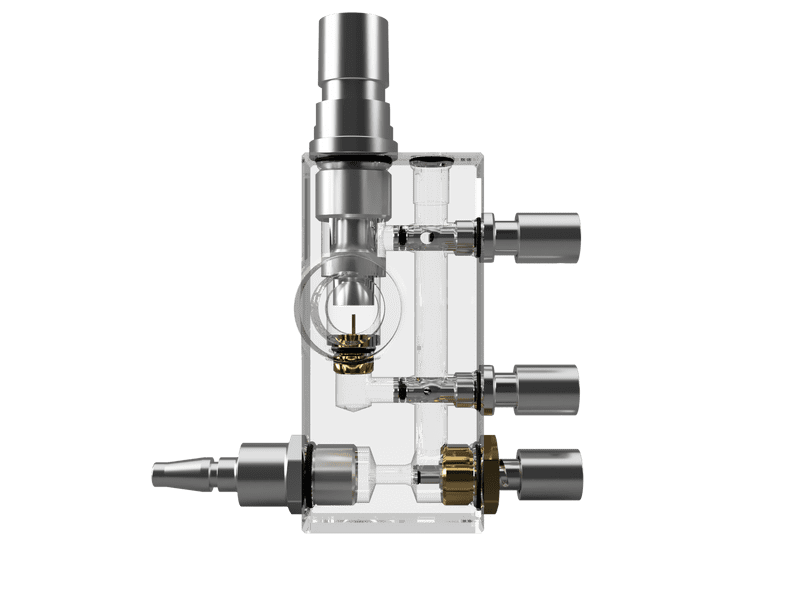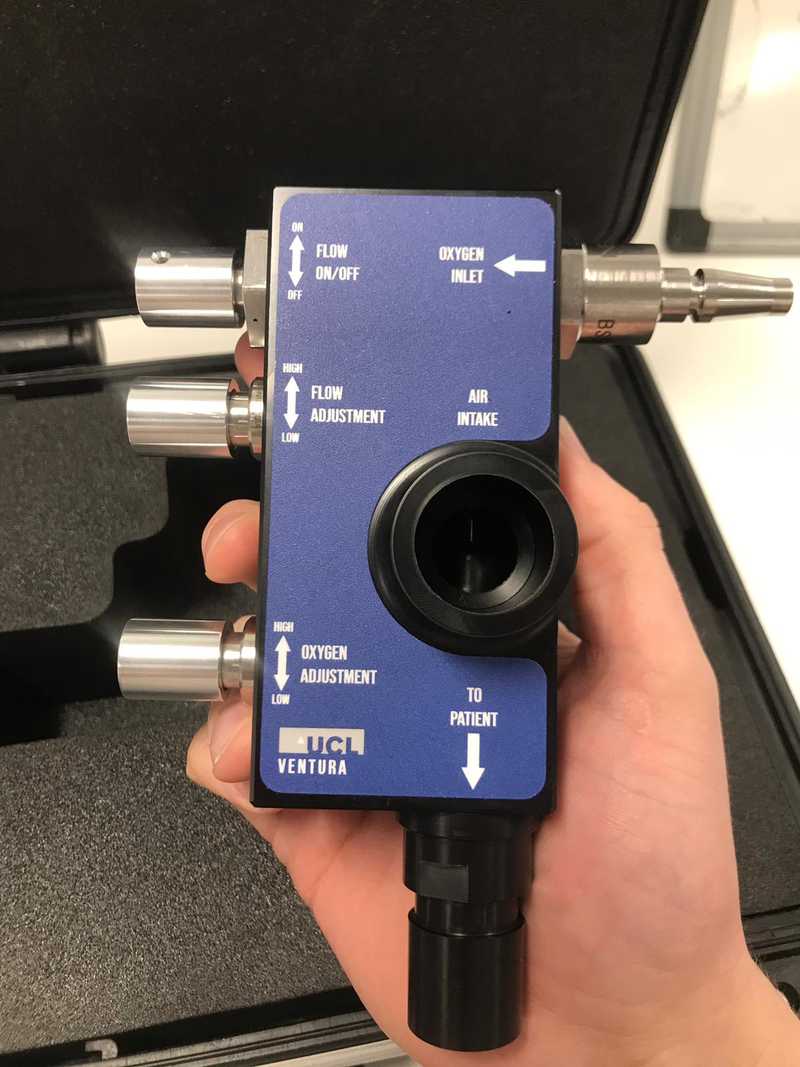When Motorsports Fights the Coronavirus
How Mashoom was a small cog in a project to save lives
Written
6 min read
COVID-19, within weeks, went from a news story that we spoke about in the pub to a new way of life that a vast number of people are having to cope with. In the same instance, many companies went from business as usual to zero.
Out of these extreme scenarios some amazing things can happen and I'm very proud to say that Mashoom, me and Alex Blakesley (our "Project X" lead) were part of a project to reverse engineer a CPAP flow generator to help treat patients suffering from the virus. It should be said from the very outset that "small cog" doesn't put into perspective the scale and expertise of the others involved in this project; University College London, Mercedes AMG High Performance Powertrains (referred to as "Mercedes" from here for ease), UCL Hospital and many others.
To start with the basics, CPAP stands for Continuous Positive Airway Pressure. As the name almost suggests, the idea is to provide the patients with oxygen enriched air at a slightly higher pressure than normal atmospheric pressure. In very simple terms, this keeps the airways open, enabling them to breathe easier. Whilst work is still going on to understand the corona virus, at a basic level it attacks the lungs and airways, so improving a patient's breathing is one of those most important aspects of treatment.
Another basic; a CPAP device != (doesn't equal) a ventilator. A ventilator is a complex bit of kit whereby you can force air into the patient's lungs or assist them by sensing their breathing and aiding it. They require a wide range of electronic and mechanical components and are not simple to operate, even dangerous if faulty or used incorrectly. This is like a lot if not all of the incredible pieces of equipment you find in a hospital and that's the reason they cost good money, require certification and are operated by highly trained people. This also isn't to say they aren't a good treatment for the corona virus either, in an ideal world everyone would be able to use one of these, but because of their physical and operational complexity, this isn't possible.
So picture the scene, on a Tuesday, UCL hospital talks to the UCL engineering department and says "we need your help" and an existing CPAP flow generator gets put on the table. This is a relatively old piece of kit (ventilators being the preferred treatment method in normal times), however given the current pandemic it's far more desirable given it's simple and cost effective. The team at UCL mechanical engineering is simply incredible; within those first 24 hours they had 3 guys from Mercedes, two graduate engineers (Alex Blakesley being one) and a few other "very bright people" (without being sure quite what words would sum them up best) in a small room in UCL. The aim was simple, reverse engineer the device before focussing on the legislative and manufacturing aspects.
This is where Mashoom played its small role. When you talk to any high level engineer they expect to have a way of managing and storing their engineering designs, certainly so for this team. We however were using UCL computers and were not at Mercedes' premises meaning we couldn't use their system. Since Mashoom can be "deployed" literally within seconds given it's completely online, the team set it up and got going.
The lion's share of the CAD work was done within 24 hours. You should see the mentality of a successful F1 engineering leader, this is their bread and butter, it was amazing if not intense to experience. I was involved from Thursday morning (having slept with my phone in hand in case anything needed answering / sorting on Mashoom) and we spent another day finalizing, checking and drawing up the designs. This is where the data of an engineering project often breaks down as multiple people get assigned tasks like "just change that diameter" on various designs and it all must be tracked and make it coherently into the final assembly. Safe to say Mashoom did its job, even at the extreme pace we were working, we got to a final assembly with all the parts checked and changed with confidence.
From this point, entirely rightly, the Mercedes guys took the designs back into the lair and moved over onto their PLM (Product Life Management) system. I would have loved for all of Mercedes to work off Mashoom but they have an incredibly advanced custom PLM system and an understandably strict firewall when it comes to data going in and out of their premises. At the end of the day the task is to get CPAP flow generators into hospitals to save lives; I don't care what or who is involved to that end, I'm proud enough Mashoom played its small part.
Once the designs were handed over to Mercedes an interesting set of work had to be done to get our "new" device certified to be used in a hospital, for good reason these kind of devices must be approved by the Medicines and Healthcare products Regulatory Agency (MHRA). This is the reason that we didn't design a "ventilator" but reverse engineered an old device; as long as our device has the same characteristics as the old device, we could gain the same certification as it's the same device from a medical perspective. This means production of our device can be ramped up and used on the front line in a matter of days, which will hopefully help many people recover.
At this point what I would describe as "very very large cogs" started turning and (at time of writing) the project has moved far above the heads of me, Alex and Mashoom. I'm incredibly proud to be a part of a project like this and my praise goes out to everyone who got involved and is continuing to be as production ramps up.
And to everyone reading this, stay safe, be positive and keep washing those hands :)


Here are a few links to other places this story has been picked up: